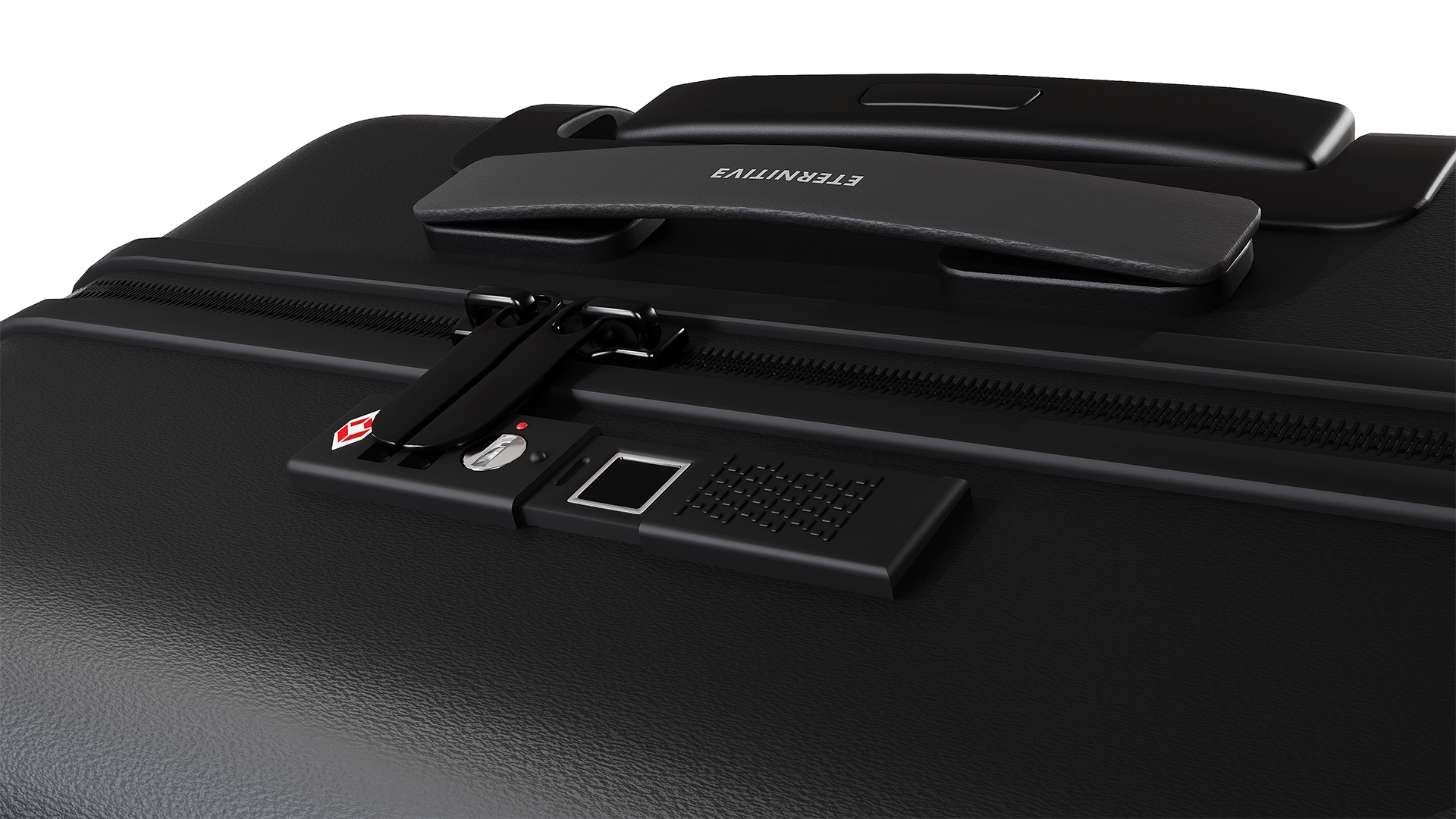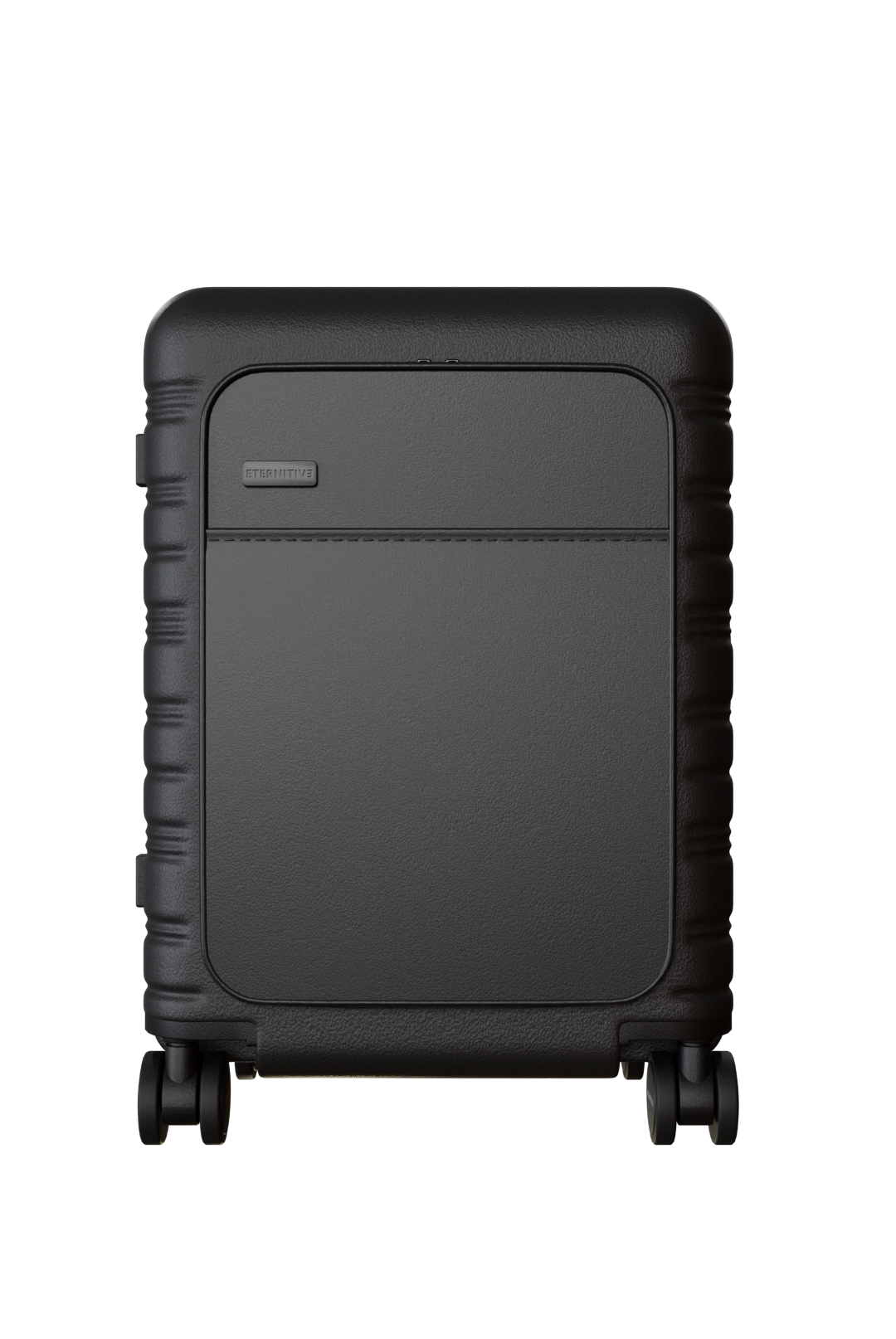Our graphic design studio has created an instructional video that presents the process of changing the access code for a travel suitcase with a biometric lock (using a fingerprint). We began the project by modeling the travel bag and its interior based on the provided suitcase. We had to measure each element precisely to recreate them in 3D visualizations accurately.
In the first stage of the project, an animation script was developed, which step by step demonstrated all the stages of changing the code in the suitcase. Based on the script, a 3D animated film was created, enriched with live-action footage. The animation was part of a larger project that included the preparation of various visual materials for the suitcase manufacturer, including promotional videos and photographs.
The foundation of every product animation is the realistic representation of a 3D object. Properly constructing the model enables the creation of advanced animations. To do this, we need to anticipate which elements of the product are movable and which ones will be animated.
Learn about the individual stages of creating animations to better understand the process of film production. Remember that every film is developed based on a script that describes specific scenes. Below, we outline the stages of 3D animation production based on an approved script. The subsequent stages include modeling, texturing, animation, and editing.
The entire process of creating a film demonstrating how to encode a suitcase was a very interesting and, most importantly, positive experience for us. It allowed us to utilize our knowledge and skills from various fields, such as 3D modeling and animation, video recording, and editing.













